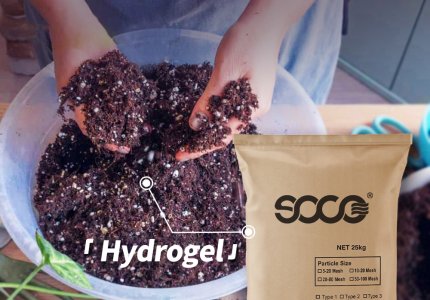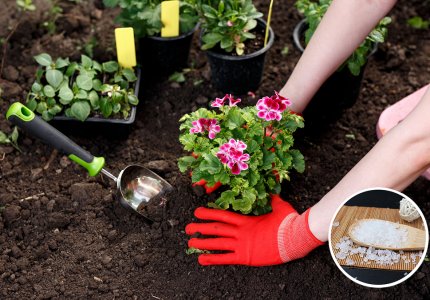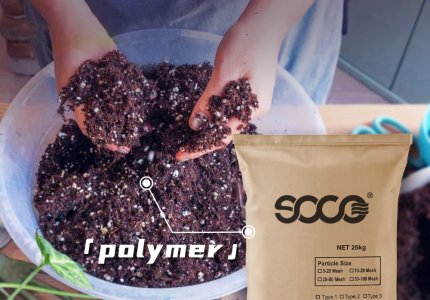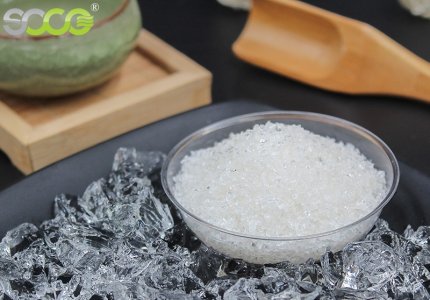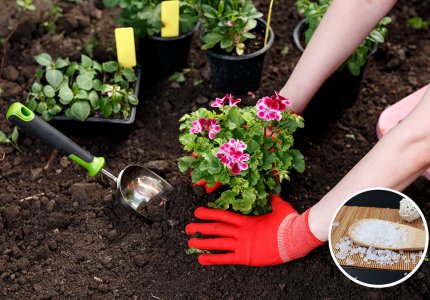We use essential cookies to make our site work. With your consent, we may also use non-essential
cookies to improve user experience, personalize content, and analyze website traffic. For these
reasons, we may share your site usage data with our analytics partners. By clicking “Accept,“ you
agree to our website's cookie use as described in our
Cookie Policy.







